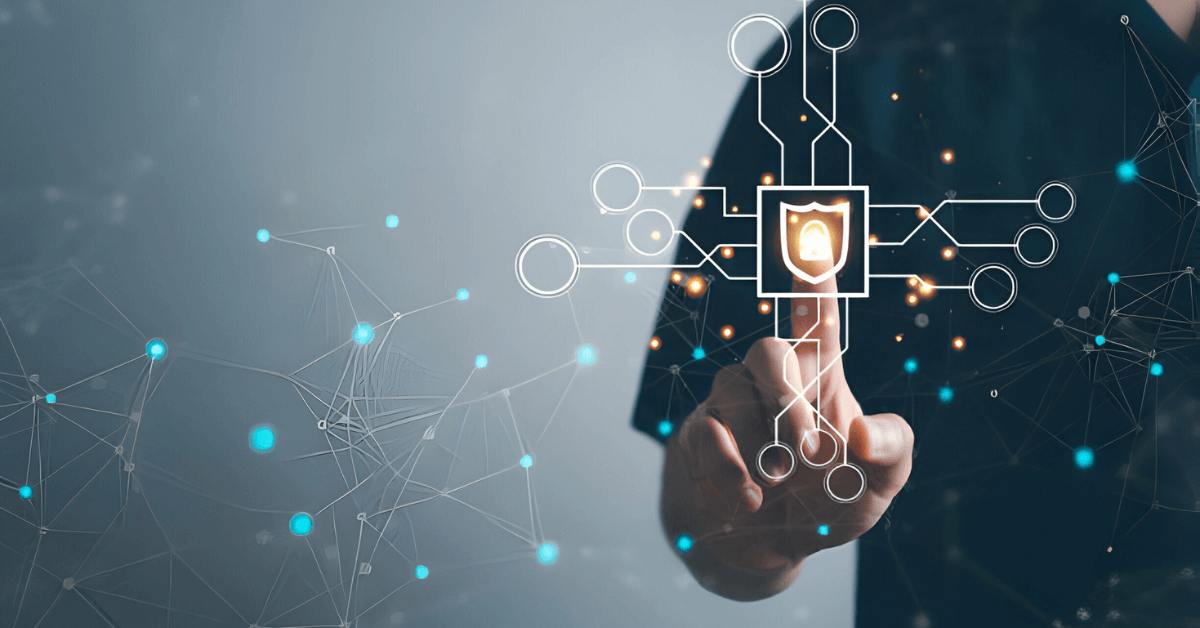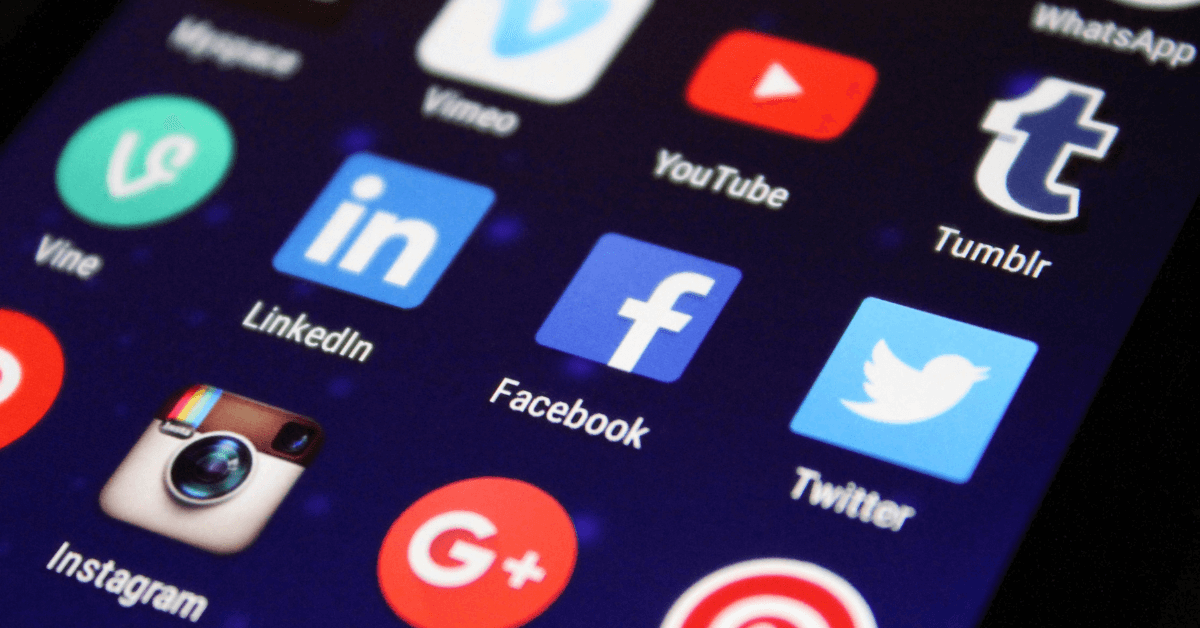Cyber Security Threats in the Healthcare Sector: Safeguarding Patient Data
Explore how Cyber Security helps to shield patient data from cyber threats in healthcare. Stay informed on safeguarding vital information.
You have probably read the headlines about health data breaches are increasingly common, and, most of the time, are the worst. In simple terms, you leave very sensitive health information exposed. Increasingly today, cyber-attacks may not be just an inconvenience but rather a matter of patient safety and privacy.
Identity theft, insurance fraud, and trust in the healthcare system die with each breach. Here is how serious it gets in terms of the application security. In the past year, The number of data breaches in the healthcare segment increased, and over 44 million patients' records were compromised only in the US.
Now, it is not just a number; this is a desperate wake-up call. The costs associated with these breaches will be huge, not so much in dollar terms, but conceivably in the harm done to the patients. The Ponemon Institute recently conducted new research on healthcare data breaches, and the average costs of incidents have remained higher than in any other industry.
So, what does make healthcare such a hot target? On one side of this equation is valuable patient data, and on the other is often outdated security. Many health organizations are struggling to keep pace with sophisticated tactics used by attackers. It has become evidently unacceptable for the health sector to be complacent about cyber security. It's time to act and secure the data that you share with healthcare givers.
Why Cyber Security is a Must-Have in Modern Medical Practice?
Think of it this way, you'll be in a decision-making position, which can actually affect the health and privacy of your patients. Contemporarily, technology-based contemporary worlds experience amazing advances in health practices.
With these improvements are paralleling breaches or risks that occur within them and can only avoid sufficiencies by having extremely secure cyber-tools. Protecting patient information is not just a technical issue, but a fundamental aspect of patient care.
As you traverse the difficulties of modern healthcare, think about the following all-too-common vulnerabilities that can be found in the industry: endpoint leakage, user authentication deficiencies, and excess user permissions.
Such shortcomings represent not only checkboxes on a compliance form but also points of access to this kind of data by cyberthieves. And given the rising cyber threats in the medical world, it's high time further investment is made in cyber security without much more ado.
Security breaches are going to occur; it is not a matter of 'if', but 'when.' The price of complacency could be huge, i.e. possibly breaking your organization's back financially, and the stuff of giant ethical headaches. You have responsibilities as a healthcare provider to look after patients' private details. Here are some best practices:
- Regular updates and patches of systems.
- Strong user authentication protocols.
- Minimum user permissions.
- Regular security training for the staff.
With this proactive approach, then, you are not only strengthening your protection but keeping intact the trust placed by the patients in the hands of their care because, in healthcare, cyber security now has a meaning equal to patient safety.
So let's talk about the threats that are prominently imminent for the healthcare systems across the globe nowadays.
Key Cyber Security Threats in Healthcare
1. Phishing Attacks: Phishing is a cybercrime where cybercriminals first pretend to be drawn and then they try to steal money from the draw and check all the systems to be sure that they will succeed. Healthcare workers continuously fall for these scams and are at a higher risk.
Their jobs are high-pressure with a lot of sensitive information so they are the main targets. The human error could be extremely dangerous for patients. For example, opening bad links or infected attachments can lead to the loss of patient data. Downloading malware or giving attackers access to hospital systems could lead to irreversible consequences.
2. Ransomware: Hackers lock hospital vital data with encrypted files and demand money (majorly in cyber-currency) as a ransom for the technique detail.
Healthcare organizations, which require immediate delivery of crucial information on patient records and critical life-saving equipment should be the first in the list of potential targets. The urgency of this situation may create a situation or necessity, as hospitals may be forced to pay ransoms thus leading to the growth of this dangerous force.
3. Malware Infections: Malware is a kind of a mess that refers to all harmful software like viruses, trojans, and spyware.
They can enter the healthcare networks via email links, malicious file downloads, and opening email attachments which infers that the employees' internet habits/online behavior can introduce or allow cybercriminals to exploit the vulnerabilities of the systems network.
Malware can snatch patient confidential data, cripple the hospital functions and deteriorate the medical devices linked to the hospital systems.
4. Insider Threats: The fact that insider threats have become a major reason for healthcare being threatened is proved by the given fact. These accidental lapses Unintentional mistakes include personnel not following the established protocols, losing devices, or falling for phishing scams
However, the insider threat is not sound as it comes from such factors as malicious intent. The insider threat may be lodged by the disgruntled employee, giving up information, or the employee bribed by external cybercriminals.
5. Vulnerabilities in the Internet of Medical Things (IoMT): The growth of communicative medical devices including pacemakers, insulin pumps, and remote monitoring systems is a new thing that is a source of revolution in the field of medical science but at the same time it has also brought new security threats along with it.
On many occasions, they will undercut a tight security system for added functionality and therefore become easily hackable. Hackers could take advantage of such, which, in turn, may lead to the disclosure of patient data, disruption of the medical treatment, or even interruption at the critical devices.
Speaking of which, these threats are still commonly used by cybercriminals, and hence, let’s talk about the implications of having these threats present.
The Cost of Complacency: Financial and Ethical Implications
You might think that you are saving a penny these days by skimping on cyber security, but the real cost of a data breach can be staggering. Heavy fines for not complying with regulations like HIPAA are paired with damages to your reputation that may see your patients walking out the door. That is a financial loss combined with trust erosion that no healthcare provider can afford.
Trust is the foundation of any healthcare practice; once it's gone, it's gone and may never be retrieved. Here are some considerations to keep in mind:
- The average healthcare data breach costs no small change.
- Legal tangles can keep you tied up in knots for years.
- If the data breaches were executed successfully, then that lost trust for the patient may never be fully received.
Thus, even long before thinking of finding a shortcut in cyber security, keep in mind that the stakes are very high. Investment in rigorous security measures is not a compliance issue only but is an essential aspect of maintaining the core of your practice—patient trust.
Fortifying Defences: Proactive Strategies to Protect Patient Privacy
Always remember as you get into the world of health care cyber security; patient data security is not just a technical problem but also an act of responsibility. The best practice to avoid such cybersecurity trends is to provide the fundamental principle to build a strong security posture. Start with letting your employees know of the issue. They should be in a position to point out the risks, accustomed to the use of strong passwords, and two-factor authentication.
Subsequently, there is a need for routine system auditing and vulnerability assessment to be realized. Those processes will keep you ahead of the game in all situations, except those involving new or unpredictable attacks. Other factors that can strengthen the cyber security posture are as follows:
- Developing a security culture throughout the organization.
- Legislative compliance, including the HIPAA Act for patient information protection.
- Use of sophisticated tools and technology, both for management of security measures and to avoid the imminent risk of cyberattack.
Remember, good security often demands investment, but it can pay you back richly compared to having a data breach. Be informed and vigilant, so you will stay well ahead of the curve on cyber security relating to healthcare.
Navigating the Maze of Regulations: HIPAA, HHS, and Beyond
The more one gets into the serious topic around the healthcare cybersecurity situation, the clearer it becomes that HIPAA is not just for the "big guys." Regardless of size, No individual or entity in healthcare is exempt from following the rules outlined in this standard if they are to safeguard the security of their patient's data.
Beyond good suggestions, the Health Insurance Portability and Accountability Act (HIPAA) from 1996 is a core framework to secure and maintain privacy for patient health information.
The regulatory environment may be quite tough, but it is important to navigate through it so that you can continue giving trust to the patients who will keep your practicing dignity intact. Most recently, consider the penalties that are being doled out due to HIPAA violations as sounding alarms regarding just how necessary compliance is and how costly it can be if these rules aren't followed to the letter. To help keep one on track with these regulations, here is a simple list that may guide your compliance journey:
- Regular assessments for risk that amount to a vulnerability.
- All the employees are to be trained in the HIPAA regulations and best cybersecurity practices.
- There needs to be clear policies on how the information is supposed to be handled and stored.
- Be current with HIPAA, and other regulatory updates.
Remember, compliance is not an event but a proactive and ongoing process that changes, just like the technological and threat landscapes. Such due diligence and proactivity allow one to shore up their defense and guarantee the privacy of persons under his watch.
Conclusion
In summary, the evidence is very clear that cybersecurity in health might need to be a patient safety requirement more than an IT issue. It is clear from what has been outlined above, that so much now hinges on the sanctity of patient data.
From the increase in data breaches to a shift in trend from unsophistication to sophistication, health systems have to remain unceasingly alert and take control. It's not just about doing what is necessary but committing to a trusting relationship and ethical treatment of their sensitive information.
Let's not wait for a wake-up call. It is high time for the healthcare industry to double its efforts on cybersecurity measures, adhere to best practices, and inculcate a security-centric culture that stays in sync with technological advances. Do remember, in the intricately networked world of health care, the best medicine for patient data is a strong cybersecurity posture.
Frequently Asked Questions
What makes healthcare data a prime target for cybercriminals?
Health data are full of very sensitive private information, so much so that on the black market, there is value to it. This cocktail of old systems, having a smaller budget for cybersecurity, and keeping all the information about patients is what makes healthcare organizations the next most likely target for cybercriminals.
How can healthcare organizations protect patient data from cyber threats?
Healthcare organizations can protect patient data by implementing best cybersecurity practices, such as conducting regular security assessments, training staff in cybersecurity awareness, utilizing strong encryption methods, ensuring compliance with regulations like HIPAA, and staying updated with the latest security technologies and threats.
What has been the impact of the COVID-19 pandemic on healthcare cybersecurity?
With the COVID-19 pandemic, digital health services have witnessed an increased application as cybercriminals have expanded their attack points instead. Healthcare organizations were now breached by the new problems with safeguarding patient data due to an increase in telehealth service, off-site work, and malicious phishing frequently targeting pandemic-stricken environments.

Subscribe & get all related Blog notification.





Post your comment